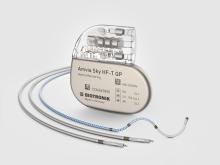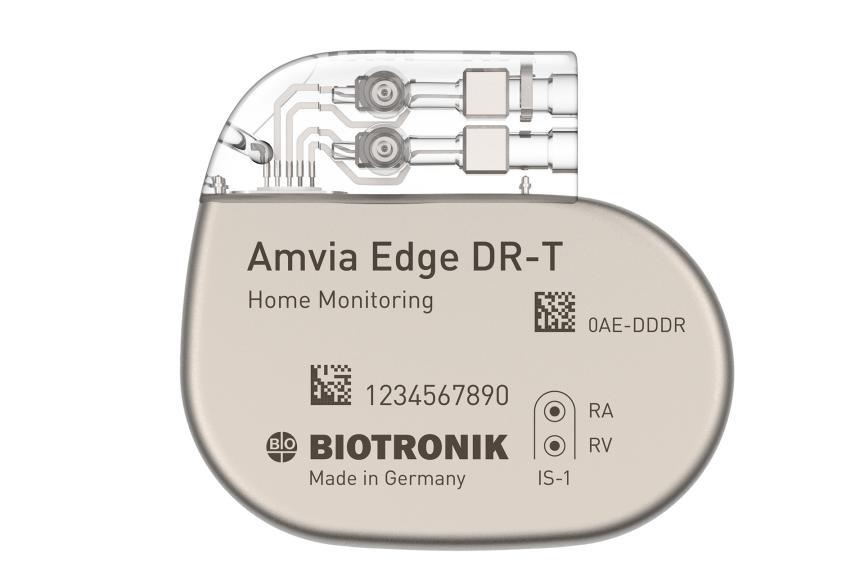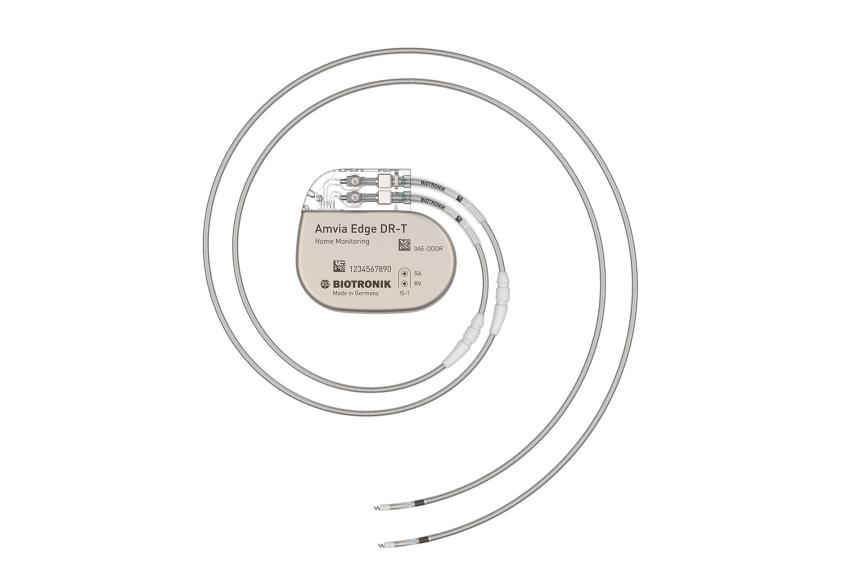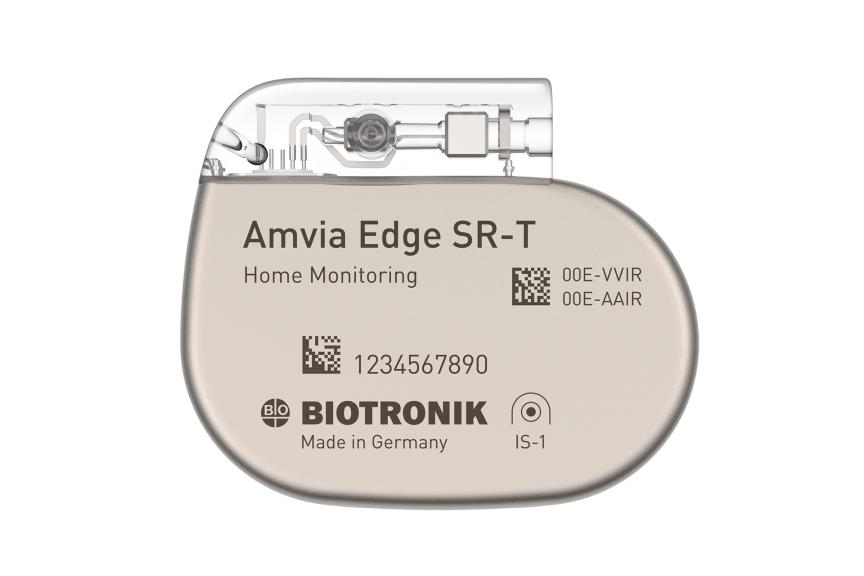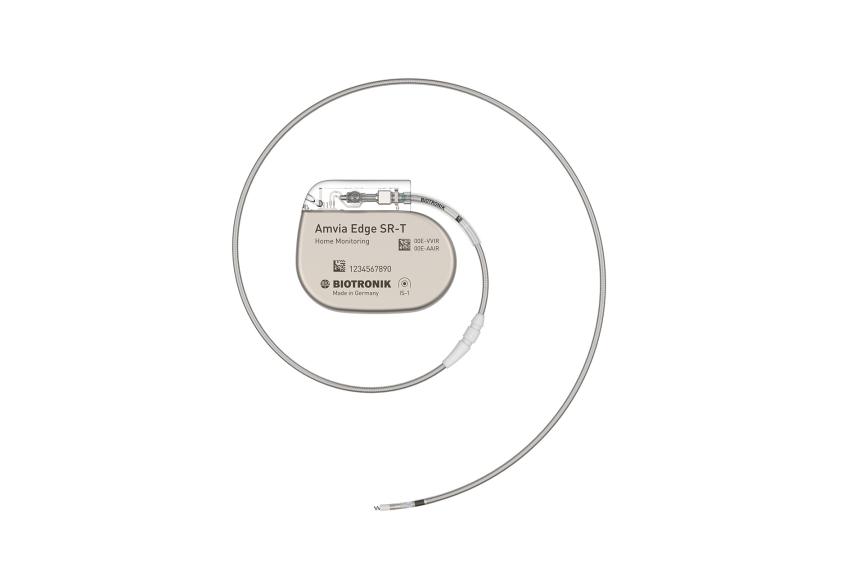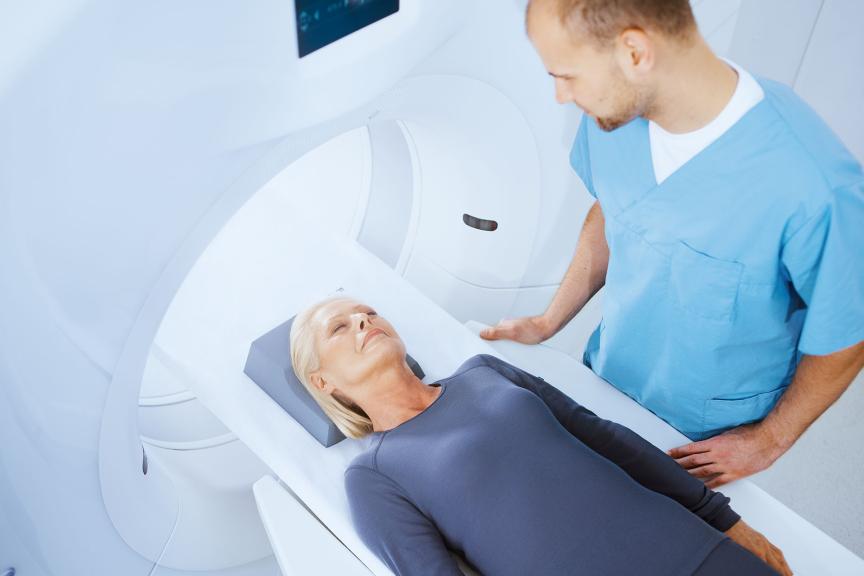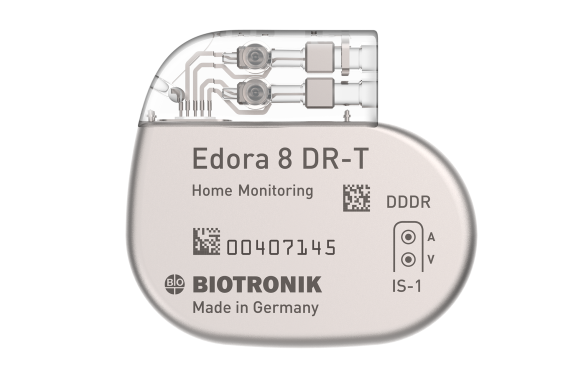Amvia Edge DR-T/SR-T
More than ever, time is scarce: caring for more patients, managing clinic workflows, and providing the best outcome for each patient.
Amvia Edge is an innovative family of pacemakers that combines a unique set of patient-centric clinical solutions with automated efficiency, all designed to free you to do more.
Product Highlights
Efficient, Automated MRI Access
MRI Guard 24/7: Always-on sensors provide automatic switch to MRI mode when the patient enters the MRI environment. Automatic switch to permanent mode following the scan.
Streamlined Same-Day Discharge
EarlyCheck & QuickCheck: Automatically sends remote device report two hours following implant, with additional on-demand transmissions any time.
The Market's Only Myocardial Contractility Measurement
CLS: Translates changes in myocardial impedance to pacing rate changes based on metabolic demand. Now programmable with up to 30 ms in V-to-V offset in CRT-P patients.
Media
Downloads & Related Links
Contact Us
References
*Depending on internet speed
1) Choudhuri I, et al. “Feasibility of Early Discharge After Implantable Cardioverter-Defibrilator Procedures” Journal of Cardiovascular Electrophysiology, Vol. 23, No. 10, October 2012. Cost savings estimate is based on results of ICD patient population. 2) Data on file at BIOTRONIK. 3) Nattel S, Burstein B, Dobrev D. Atrial remodeling and atrial fibrillation: mechanisms and implications. Circ Arrhythm Electrophysiol. 2008; 1(1): 62-73. 4) Mullane S, Michaelis K, Henrickson C, et al. Utilization and programming of an automatic MRI recognition feature for cardiac rhythm management devices. Heart Rhythm O2. 2021; 2: 132–137. 5) Siddamsetti S, Shinn A, Gautam S. Remote programming of cardiac implantable electronic devices: a novel approach to program cardiac devices for magnetic resonance imaging. J Cardiovasc Electrophysiol. 2022;33(5):1005–1009. 6) Pisanò ECL, Calvi V, Viscusi M, et al. Closed Loop Stimulation reduces the incidence of atrial high-rate episodes compared to conventional rate-adaptive pacing in patients with sinus node dysfunctions. Europace. 2024 Jun 28:euaa175. doi: 10.1093/europace/euae175. 7) Coenen M et al. Europace. 2008, 10(3). 8) Puglisi A et al. PACE. 2008, 31(11). 9) Proff J, et al. Int J Cardiol. 2023 Jan 1;370:222-228. 10) Abi-Samra FM et al. Europace. 2013, 15(6). 11) Brignole M, et al. Euro Heart Jour. 2020, 00, 1-9.
